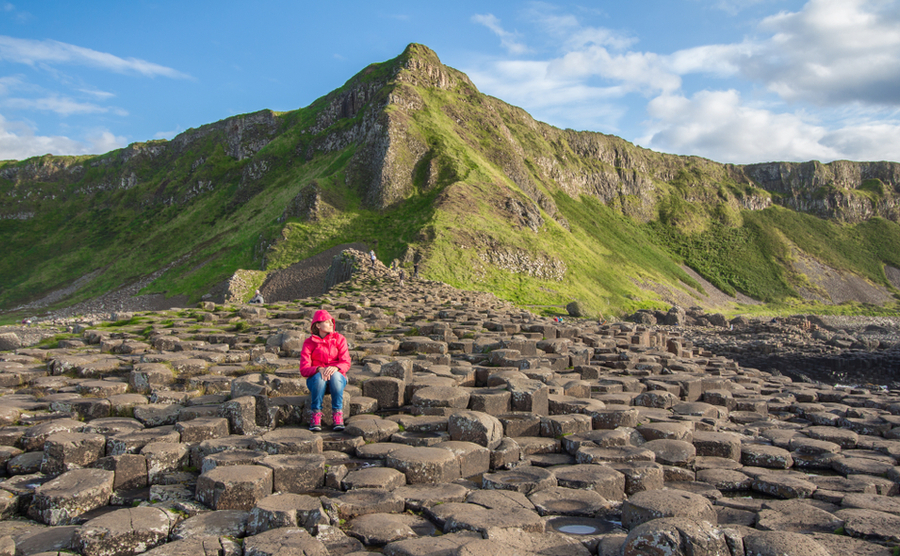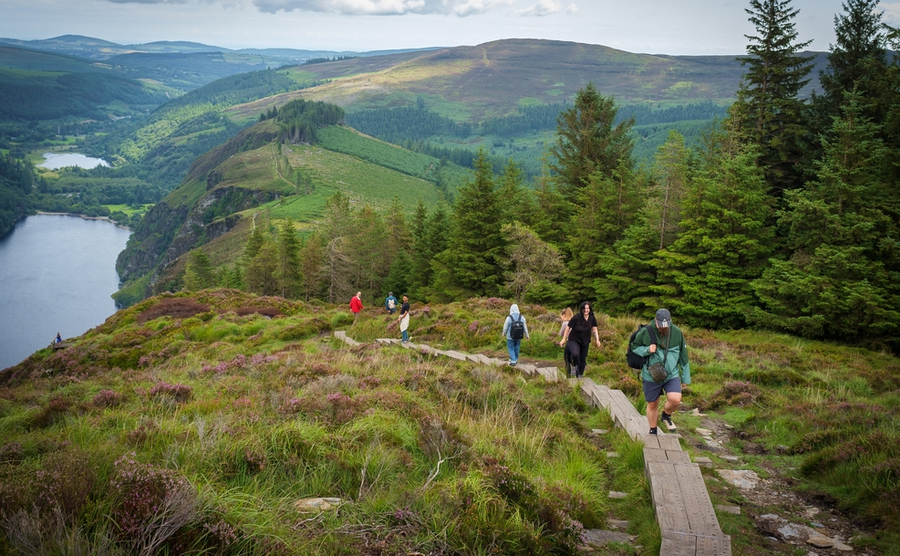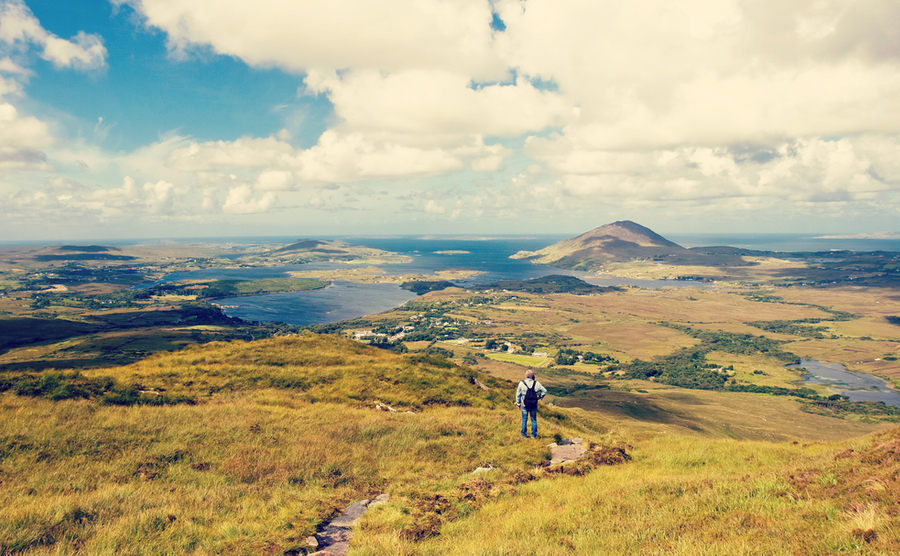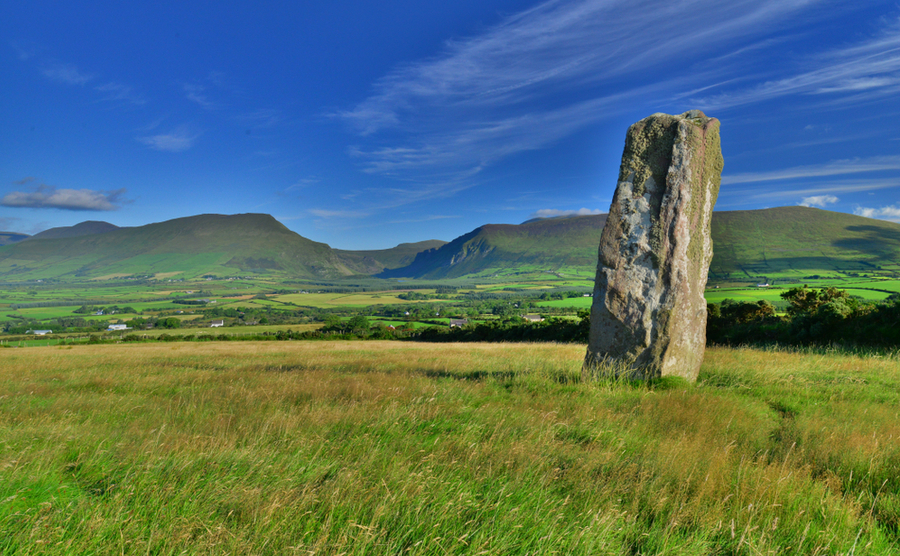Keen to explore Ireland by foot? We’ve chosen four wonderful hiking trails. Plus, our top tips for walkers new to Ireland.
Hiking in Ireland! Whether it’s vistas of the bracing Atlantic offered by its coastal walks or the escape into nature from the capital offered by the Wicklow Way, Ireland has plenty of beautiful scenery that demands exploring via foot. Fresh air, wind-whipped hair, and the quiet care of a cosy pub en route – what’s not to love?
You might be hoping for a retirement where you get to relax. Alternatively, you might be looking for a second home somewhere you can truly decompress, somewhere that feels as far as away as you can get from the greys, stresses, and pollution of city-living. So, we’ve picked four fantastic walking trails. You could look into purchasing a property near to one of these walks and add it to the bucket-list of things to do once you have moved to Ireland. Check the weather, the difficulty of the trail, bring plenty of water and wrap up warm and off you set!
Causeway Coast Way
It’s in the name: the Causeway Coast Way is a relatively easy, low-lying coastal walk in the northeast of Ireland. As the walk follows the natural shape of the coastline, it is pretty straightforward, so its especially suited to those that tend to get their map in a muddle. The highest point of the trail is 140m above sea level. The walk consists of promenade strolls, beach walks and the occasional road link. Plus, none of the off-road sections are too remote. There are also transport links should you get tired and want to skip a bit of the journey. The walk takes the average walker around two to three days.
Another reason that the Causeway Coast Way is so beloved is that there are so many easily accessed towns and villages to stop off at: have a bite to eat, a snooze, enjoy a pint or two. The largest towns are Portstewart, Portrush and Ballycastle. On route, you’ll get to see the Dunseverick Castle and the famous Giant’s Causeway.
Best for: sea breeze in your hair, great landmarks to see, plenty of places to pause.
The Wicklow Way
Just a fifty-minute drive from the centre of Dublin, Wicklow Way is a large, sprawling stretch of countryside. The walk is made up of a combination of suburban parkland, forest trails and scenic mountain landscape. Surprisingly for somewhere so close to a capital city, some of the terrain has a truly unspoiled feel.
Typically, walkers start at Marlay Park, south Dublin and then go onto Clonegal, Co. Carlow. There are difficult and high-altitude sections, there are also parts that are more suitable for those wanting an easier walk. While the Wicklow Way bypasses towns and villages, there are many to take a brief detour to, should you need refreshment or fancy it. Discover the elegant Victorian features and the Powerscourt Estate of Enniskerry village; the character of Clongeal, a one-street village based around the 400-year-old Huntington Castle; and the small hamlet of Moyne.
Best for: an escape from the capital.
Connemara National Park
Connemara National Park is a 2,000-hectare park in County Galway. There, you’ll find four outlined walking trails: two of them are graded easy, one moderate and the other strenuous. If you want to venture beyond these, then you’ll need to be experienced, as there are no other formal trails or footpaths. You’ll come across bogs, wet grass in the lowlands and scree at higher elevations. But the walk is worth it. Connemara National Park is home to the Twelve Bens mountain range, including Benbaun, the highest in County Galway (725m). Plus, you can enjoy sightings of the beautiful wildlife from the red deer to the ponies. If you really want to immerse yourself in the experience, why not try wild camping? Here are the rules you’ll need to follow.
Best for: Spying wildlife. A more challenging walk (only for the prepared and experienced!)
The Dingle Way
Circling the Dingle Peninsula in the south-west of Ireland, the Dingle Way walk is famous for the diversity of its scenery. The walk starts and finishes in Tralee, the capital of Kerry. On route, you’ll see the Slieve Mish Mountains, made predominantly of sandstone, and the mighty Mount Brandon, one of the highest peaks in Ireland. While the bracing waves of the Atlantic make for their own exciting spectacle. Plus, you’ll pass by pastoral farmland and the beautiful Blue Flag beaches of the Maharees. Fortunately, you’ll never be too many hours away from a place to refresh. Tralee and Dingle are the largest towns for just that and are great for grabbing any specialist equipment.
While Mount Brandon can be challenging, the rest of the walk is easy to moderate in terms of difficulty – though be sure to watch out for the weather. Much of the trail consists of “boreens” (small roads) that makes for a more streamlined walk and can mean that hours pass before you see a car. Excitingly, the Dingle Way is also home to near a hundred standing stones, sometimes alone, sometimes in pairs, and up to four metres tall. These archaeological sightings add to the mystery and beauty of the walk.
Best for: those looking for a varied walk with a side of archaeology.
Top tips before you set out:
Waymarked trails: Before you hit the road (or the grass, the sand, the slopes), you’ll want to check if a trail’s grading. This can help you to work out if the trail matches your ability and fitness levels. Sport Ireland Outdoors has waymarked over 40 in Ireland, including Wicklow Way. Take a look at the trails here.
Slí na Sláinte: With a name that means “Path to Health”, this scheme was designed by the Irish Heart Foundation to encourage people to walk for well-being and fitness. It has signage on certain routes and advice, often to assist those looking for a gentler walk. Find out more here.
Groups: If you’re looking for a walking buddy, you’ll find plenty of walking groups in Ireland, either online or via word of mouth in your area. Get Ireland Walking is a good place to start.
Right of Way: In Ireland, a public right of way is a person’s right of passage along a road or path, even if it is not publicly owned. Few registered rights of way are not maintained on public roads.
Permissive routes: Some landowners will allow to access their land but only to pass through: walking, cycling or horse-riding. Permissive routes are not a public right of way. Moreover, they are agreed between the landowner and the council. They may not be open at all times.
You might also like:










